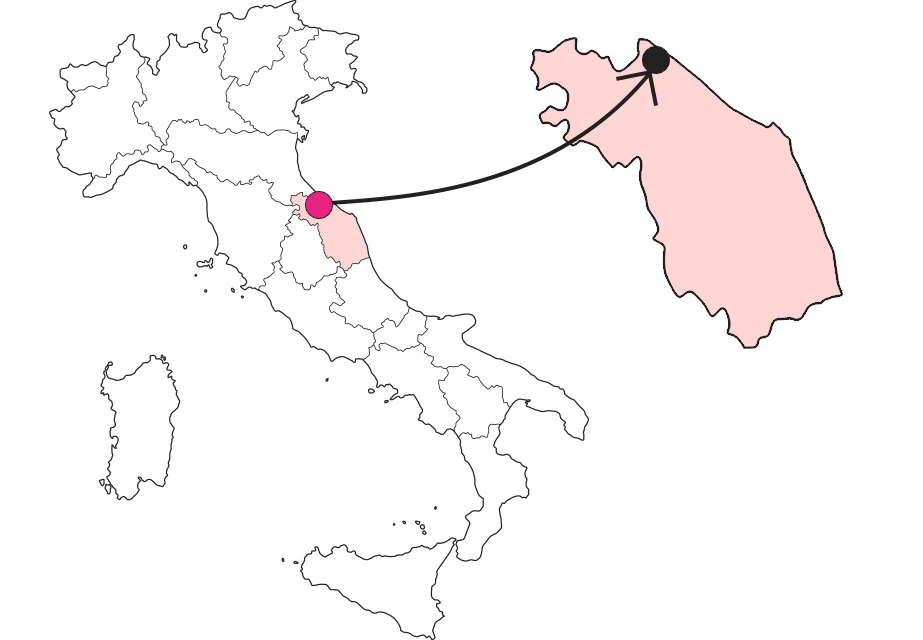SHARRYLAND


Coal Miner's Museum
Once upon a time there was the art of coal making.



Where is

What it is and where it is
The Charcoal Burner Museum is inside a disused tannery located on the site where the waters of the Meta and Auro streams merge and give rise to the Metauro River. Pier Paolo Zani's photographic material tells the story of the ancient trade of charcoal burners, which is still practiced in these parts: portraits of faces, wise gestures and centuries-old customs restore fragments of a world that, purged of fatigue, can be known through the lens of poetry.
Why it is special
Coal making is an art: it requires specific knowledge, procedures and time frames. We know little, almost nothing about it, yet it is a craft with a centuries-old history. The Charcoal Burner's Museum has the merit of tracing and preserving the memory of all the stages of the charcoal-making process: from the cutting of the woods, to the construction of the woodpile, from the cooking of the wood, to the churning. The photographic material is enriched by text: the word fits into the narrative and amplifies it, like a voice-over.
Not to be missed
Once in Borgo Pace, the nearby hamlet of Parchiule is also worth a visit, on the traces of the charcoal kilns still present. The old village consists of little more than a handful of gray sandstone dwellings, but it is imbued with a special charm. The tradition of artisanal charcoal production is preserved here, and it is not uncommon to come across, scattered in the clearing, pyramids of still-smoking wood or tanks dug into the earth for charcoal production. An interesting walk, for young and old alike.
A bit of history
Once upon a time, when gas was not present in everyday life, coal played a central role. There was then, in mountainous areas, the figure of the charcoal burner who had the function of turning wood into charcoal. This was a strenuous job for which the charcoal burners had to be absent from the village from spring until autumn: cutting wood, transporting it to the clearing, and building the charcoal pile, which had to be fed and guarded day and night. In a bag of charcoal was hard work and deep knowledge of the land, nature and its transformations.
Curiosity
Pier Paolo Zani writes: "With the beauties of nature, my lens loves to capture the humble people who in their innermost being preserve the true perception of existence and who are still capable of simple gestures, full of meaning, that mark in daily life the sense of love to life. As a consequence, the images I propose are also a dutiful tribute to those people, who have lived through the centuries and never 'starred'; who have nevertheless always been able to find the strength to be reborn from themselves."
Enter the Map of Italy's Undiscovered Wonders and find treasures where you least expect it... Inspire, Recommend, Share...
Collections
The Map thanks:
Enter the Map of Italy's Undiscovered Wonders and find treasures where you least expect it... Inspire, Recommend, Share...
Where is

Collections

